Long before the Spaniards came to claim the Philippines, the natives already had a long business relationship with traders from China. Some of them chose to stay here for good. They are what we call “Tsinoy,” Filipino citizens of Chinese heritage. The word Tsinoy is a combination of “Tsino” a Filipino word meaning Chinese person and “Pinoy” a slang word meaning Filipino.
There are around five million Filipino-Chinese in the country which makes up five percent of the Philippine population. They continued to practice various traditions such as celebrating the Lunar New Year. Some Filipinos also celebrate the occasion hoping that it would also give them good luck and fortune.
The Filipino-Chinese celebrate the new year in January or February. This year, the Filipino-Chinese community will be welcoming the Year of the Rooster on January 28 (Saturday). The government has designated it a special non-working holiday.
Just like Filipinos, the Tsinoys have various traditions in celebrating Chinese New Year. Here are some of the traditions and reasons why:
Dragon and lion dance
One of the most common sights during Chinese New Year is the Dragon and Lion Dance along the streets of Binondo in Manila and other parts of the country. With the loud banging of drums, the dragon and lion dancers would move from one house or establishment to another to collect the ang pao (red envelopes) hanged on the entrance or gates of houses and/or establishments.
The Lion is carried by two dancers, one in charge of the tail end and the other controls the head, he can make the lion’s ear wiggle and blink its eyes. He is also in charge of getting the ang pao.
As for the Dragon, it has a longer body and controlled by eight to ten people. The dancer in front is in charge of the head while the other dancers use poles to control the body.
Ang Pao
The red envelopes with Chinese characters or ang pao with new bills are usually given by couples and elders to unmarried and young ones. It is said to bring good luck and long life to the recipient. According to tradition, the amount should start with even numbers because odd numbers are used for the amount given during funerals.
New Year’s Eve dinner
The New Year’s Eve dinner is considered as the most important dinner for Chinese families. And the most popular food during this occasion is tikoy (year cake). Made from sticky rice, tikoy is served to symbolize unity among family member. Other foods served during the occasion includes; noodles which signify long life and represent the eater’s life, fish which symbolizes good fortune in their culture and dumplings which resemble Chinese currency. It is also said to symbolize good fortune.
Red
Chinese believe that the color red symbolizes energy, happiness, and good luck. Because of that, the Chinese wear red during New Year celebration. They also decorate their house and establishment with red decorations.
Cleaning and paying off debts
To remove bad luck and welcome the good fortune in the coming year, the Chinese clean their home days before New Year. After cleaning, they decorate the house with red scrolls on which Chinese characters are written and hang up red paper lanterns. Plants are also placed around the house to signify life and renewal. They also make sure to pay off their debts as a way of starting fresh and anew with the new year.
Fireworks and firecrackers
Of course, no New Year celebration would never be complete without fireworks and firecrackers. The Chinese in particular light up firecrackers and fireworks because of the belief that it would ward off bad luck and the evil spirits. The fireworks display is also their way of starting the new year with a bright and colorful start.
New Year greeting
Chinese across the globe greet each other Kiong Hee Huat Tsai in Hokkien language which most Filipino-Chinese use. In Mandarin, Gong Xi Fa Cai and the most popularly used is the Cantonese version in Hong Kong which is Kung Hei Fat Choi which means “Congratulations and Be Prosperous.”

Photo of a New Year greetings via Pixabay
If there are things to be prepared or done, there are also things which should be avoided on the first day of the Chinese New Year such as the following:
Taking medicine
Chinese believe that taking medicine on the first day of the year means you will get ill for a whole year.
Eating porridge for breakfast on New Year’s day
Porridge should not be eaten on New Year’s breakfast because only poor people have porridge for breakfast, and people don’t want to start the year “poor”.
Empty rice container
Rice container must be full as empty container may cause grave anxiety because having no rice to cook during the New Year is considered to be a bad sign.
Doing the laundry
Chinese people do not wash clothes on the first and second day because these two days are celebrated as the birthday of Shuishen, the Water God. This must also be the reason why they do the cleaning before the new year starts.
Washing hair
The first day of the lunar year is a no wash hair day. Not doing the laundry during New Year’s Day may be okay because who wants to do chores after a party right? But in Chinese tradition washing your hair must be avoided too because, in Chinese language, hair has the same pronunciation and character as ‘fa’ in facai, which means ‘to become wealthy’. Thus, it is believed that it is not a good thing to “wash one’s fortune away” at the beginning of the New Year.
Using broom
Chinese believe that if you sweep on New Year’s day, your wealth will be swept away too. So basically, New Year is a no-chore-day.
Wearing torn/damaged clothes
Wearing torn/damaged clothes during Lunar New Year can cause more bad luck for the year according to Chinese belief. So you better keep your ripped jeans and shirts for a few weeks if you don’t want to invite bad luck this year.
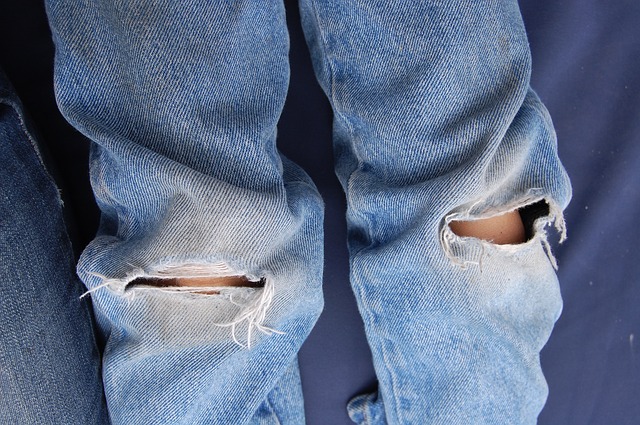
Photo of a ripped jeans via Pixabay
Never wear black or white
As I have mentioned earlier, Chinese people traditionally wear red clothes during this occasion to attract good fortune. And the colors they avoid wearing are white and black clothes as these two colors are traditionally associated with mourning.
Killing things
Blood is considered an ill omen, which will cause misfortunes such as a knife wound, or a bloody disaster. In connection to this…
Using sharp object
Refrain from using knives and scissors to avoid an accident because it is believed to lead to bad luck and losing wealth.
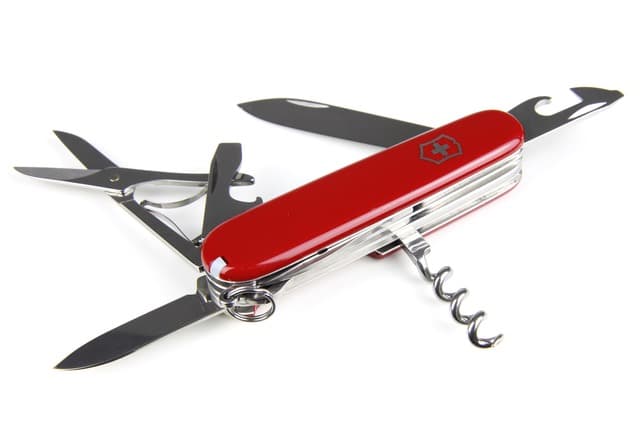
Photo via Pixabay
Giving of certain gifts
As sharp object must be avoided, you must also never give clocks and/or scissors as gifts on New Year for these things have a bad meaning in Chinese culture.
Most of the Filipino-Chinese in the Philippines still follow these traditions which were passed on by generations. Some Filipinos who believe that the Chinese got their luck in business because of following traditions are also adopting them. As for me, I believe that if you give your best in everything you do, success is not impossible to attain with or without following ancient traditions. But for those who want to try to practice Chinese traditions with or without Chinese blood, I hope this article will be able to help you make preparations for the Chinese New Year.
Kung Hei Fat Choi!
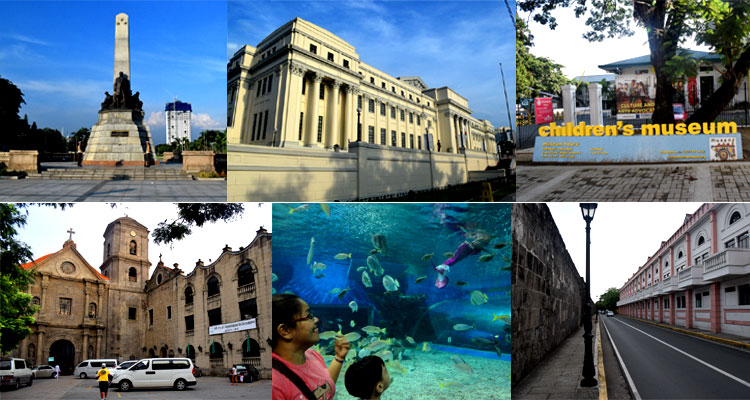
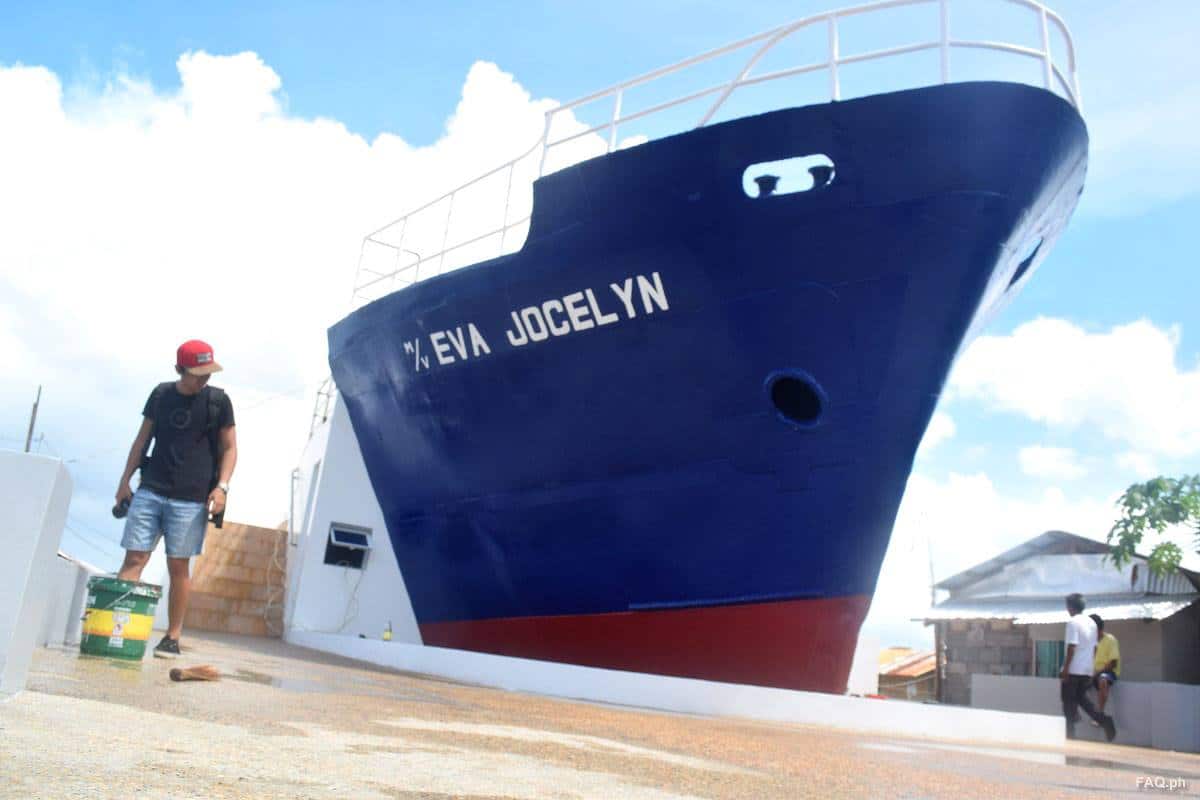
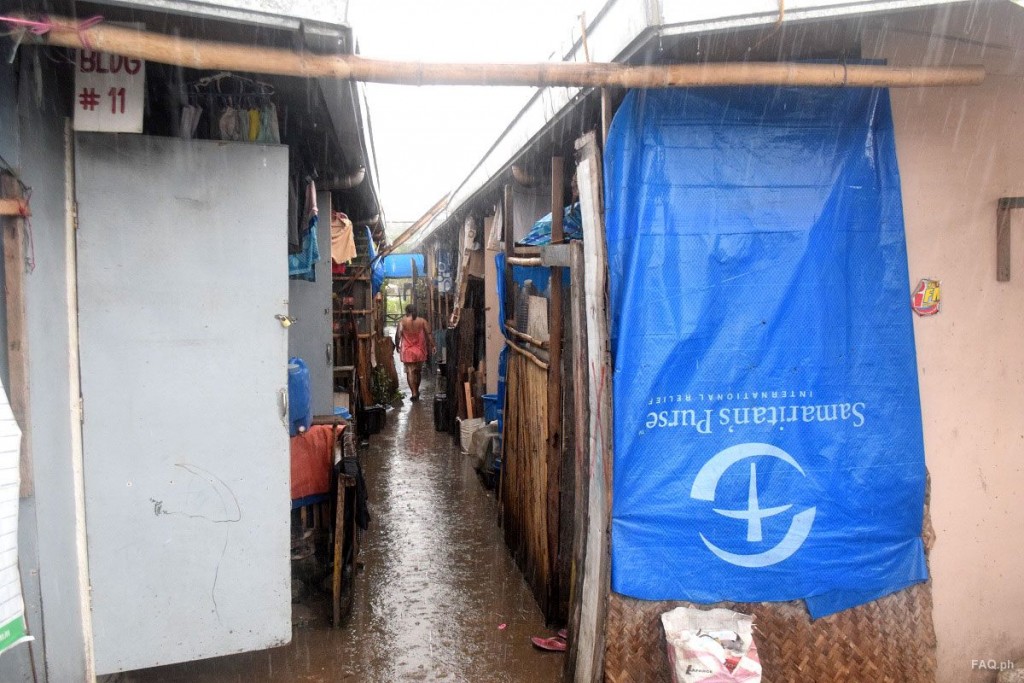
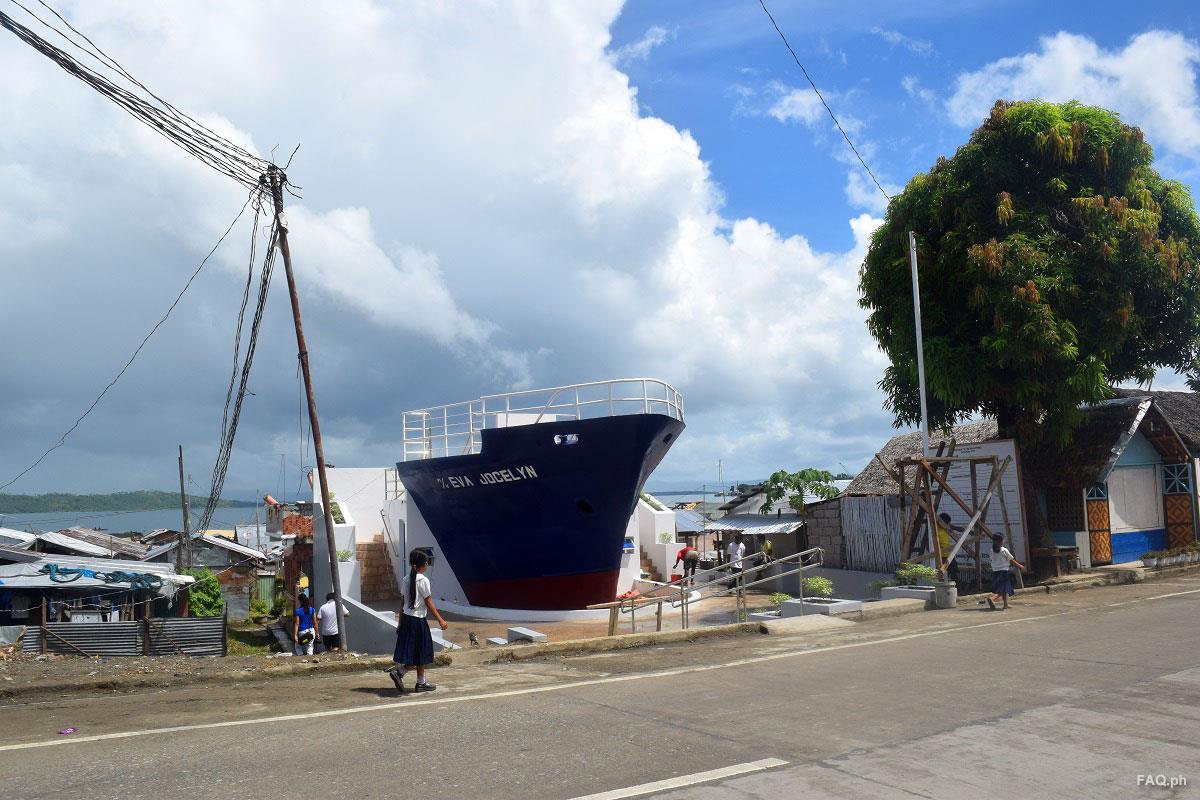
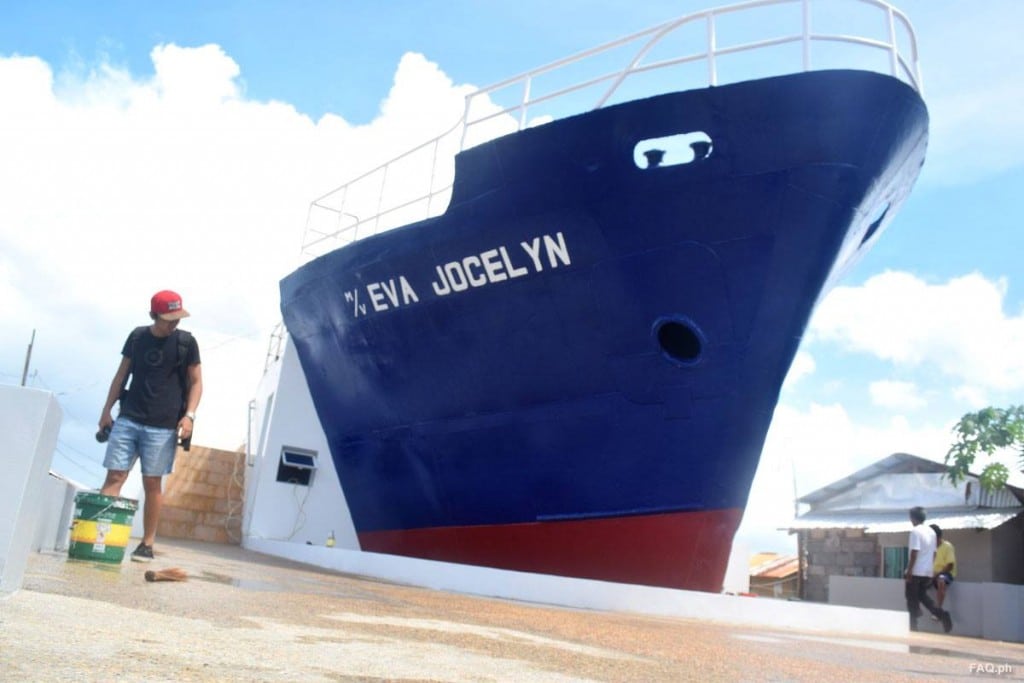

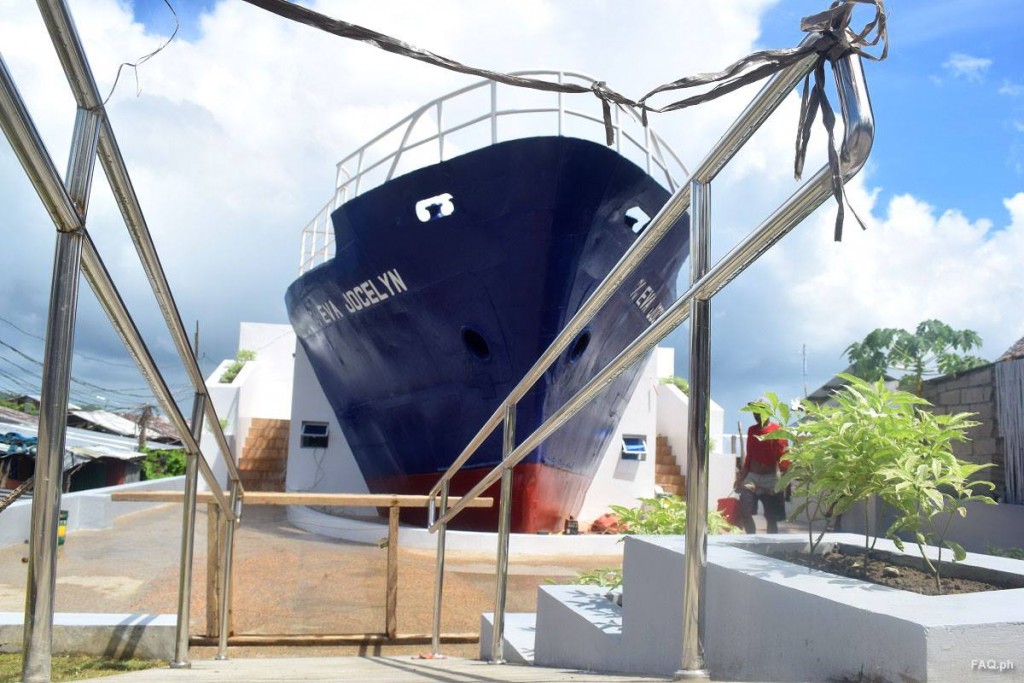
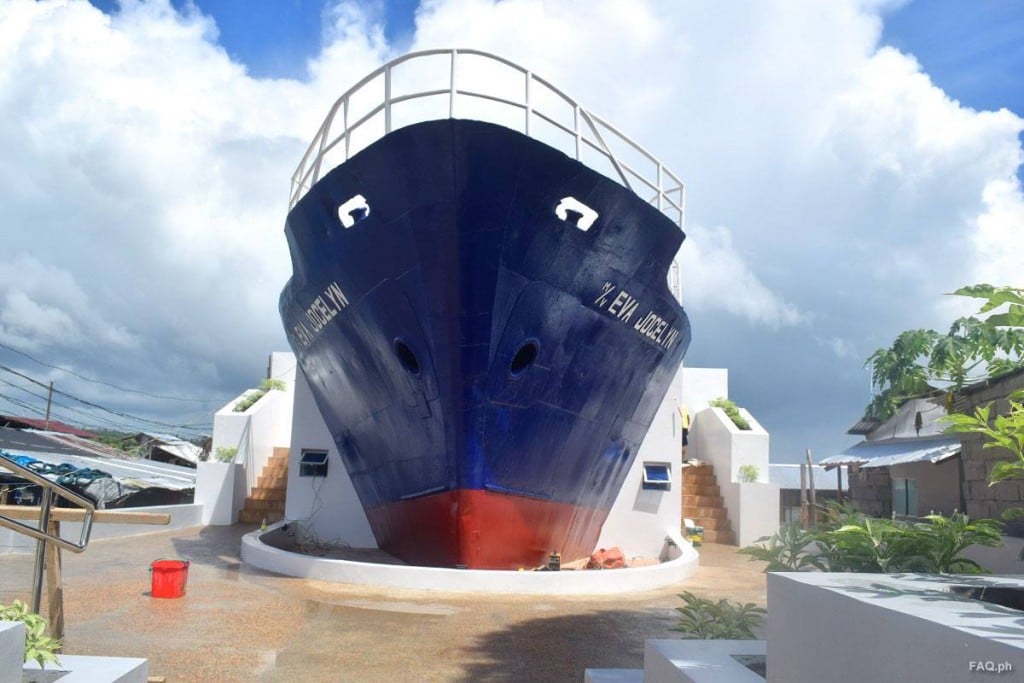
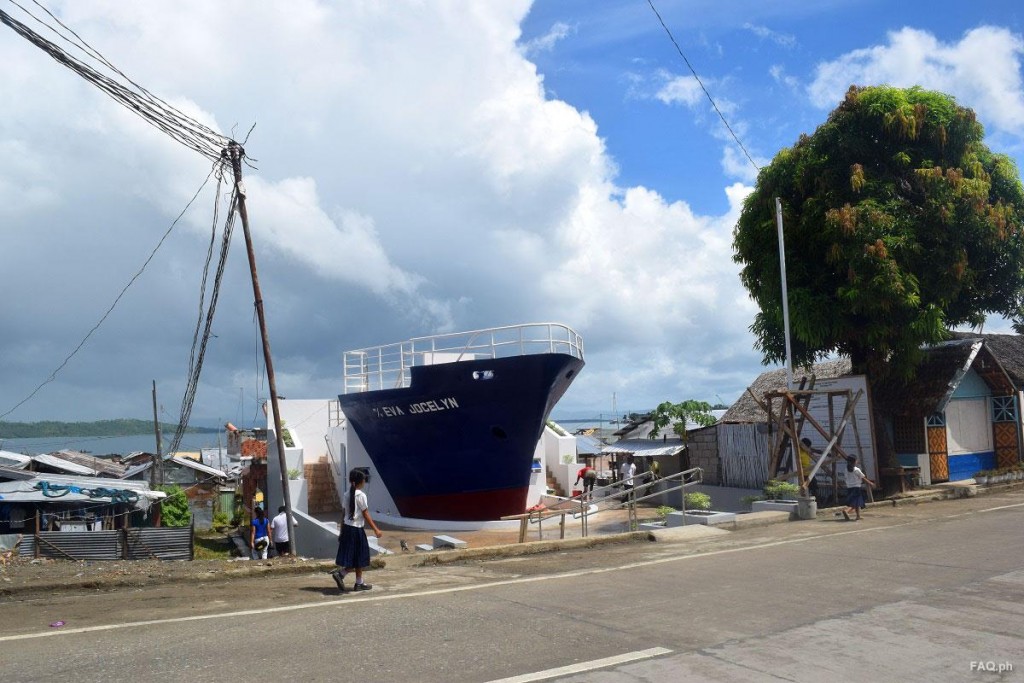
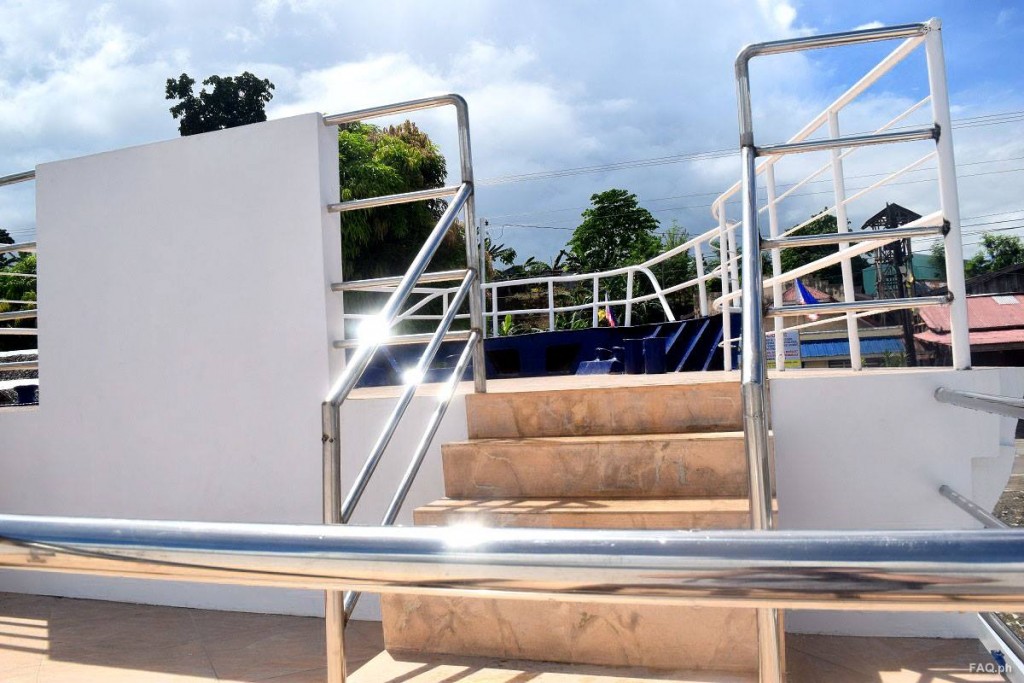
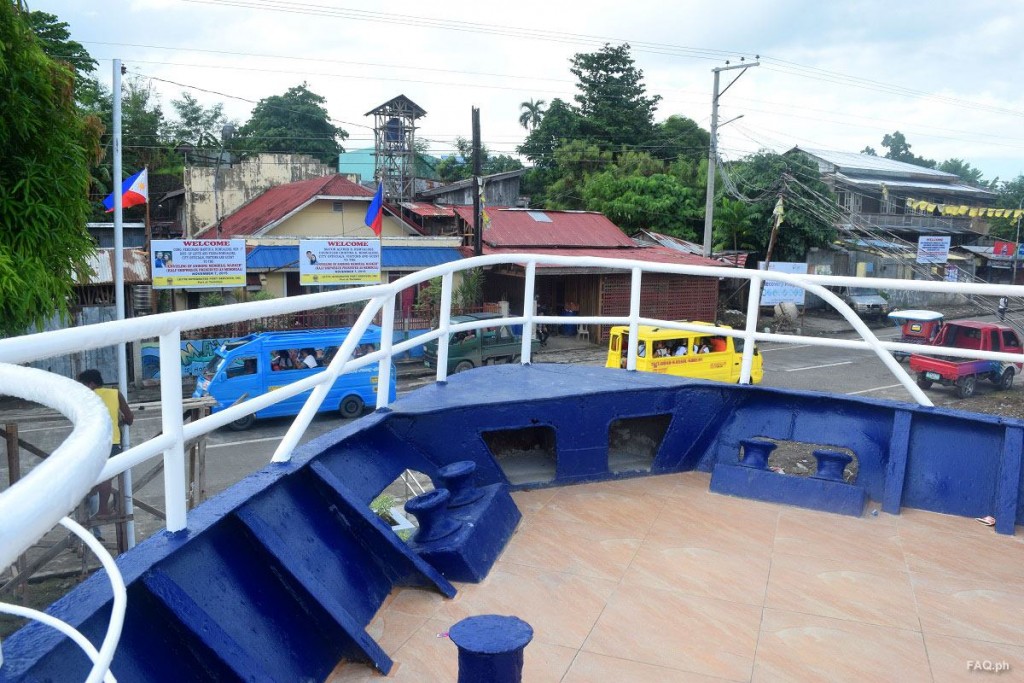
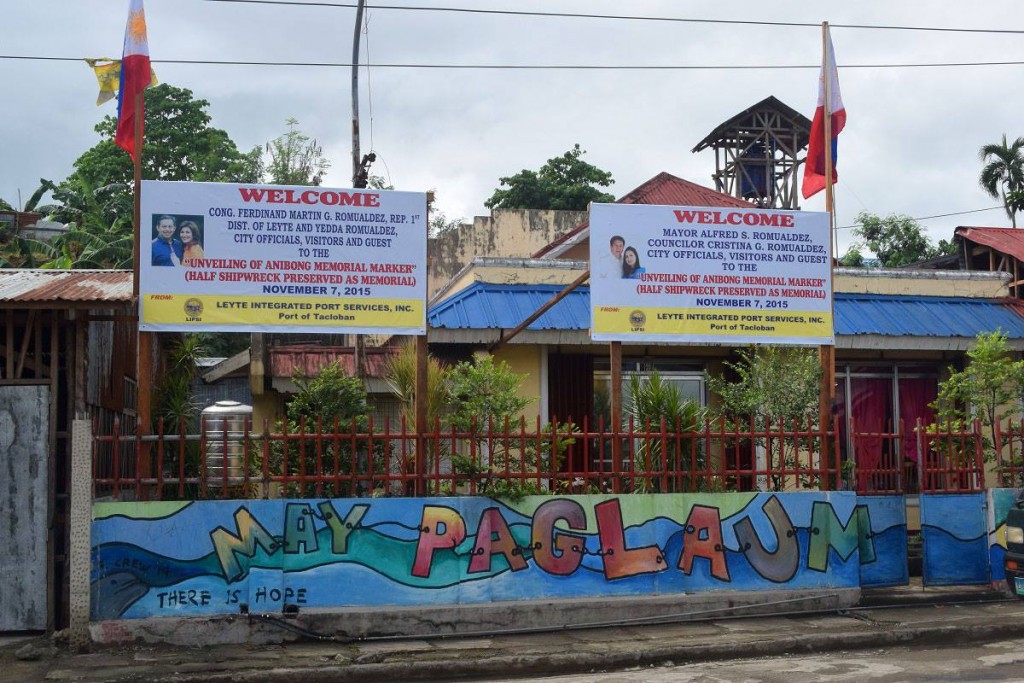

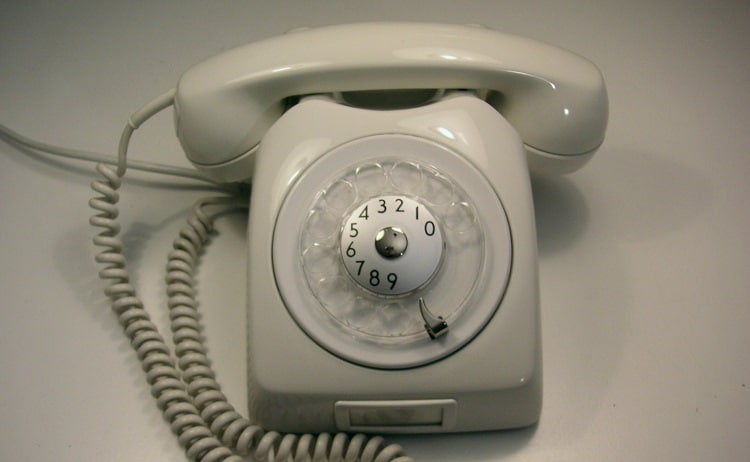

Latest comments